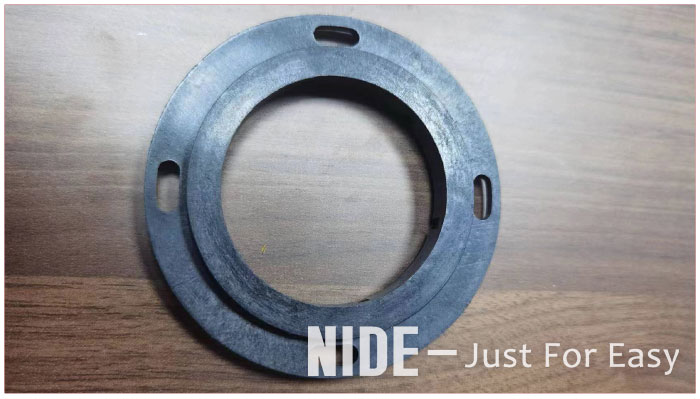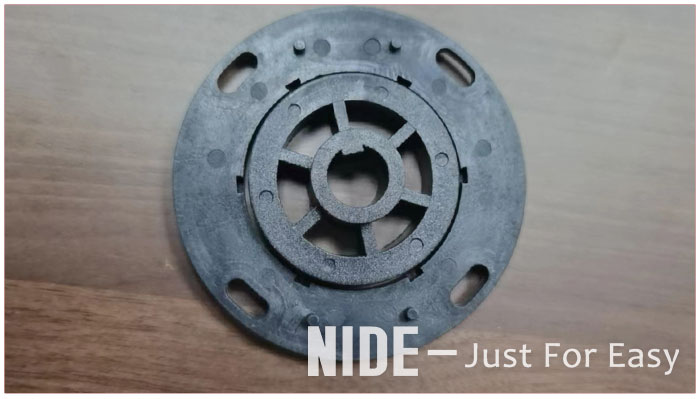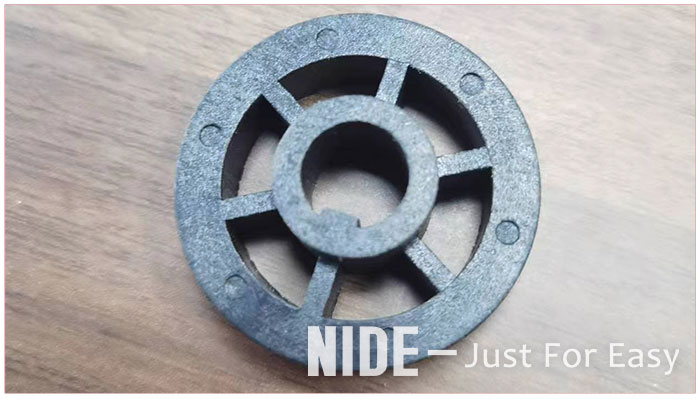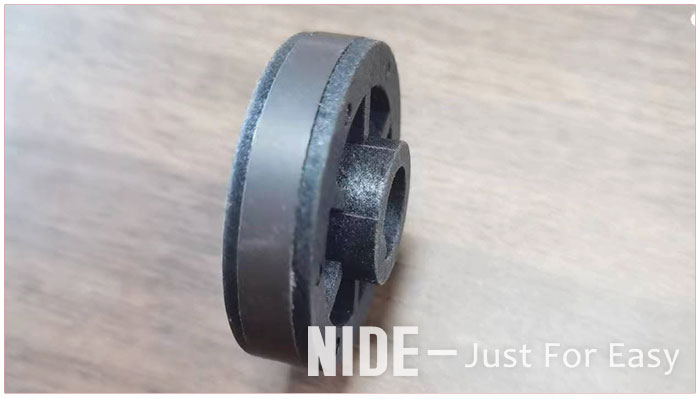Switched Reluctance Motor Magnets
A switched reluctance motor is a special type of motor whose rotor consists of multiple pole pairs, each pole pair consisting of a magnet and a reluctance. Switched reluctance motors are commonly used in applications requiring high starting torque and high efficiency, such as electric vehicles and industrial drives.
In a switched reluctance motor, the magnets are usually permanent magnets and are used to create a permanent magnetic field. Magneto-resistors are made of magnetic materials that are controlled by electric current to adjust the strength and direction of the magnetic field. When current passes through a reluctance, the magnetism of the reluctance increases, creating a strong magnetic field that attracts the magnet to the reluctance adjacent to it. This process causes the rotor to spin, which drives the motor.
The magnet plays a role in generating a permanent magnetic field in the switched reluctance motor, and the reluctance adjusts the strength and direction of the magnetic field to control the operation of the motor.
Basic working principle of switched reluctance motor
A switched reluctance motor (Switched Reluctance Motor, SRM) of an electric vehicle has a simple structure. The stator adopts a concentrated winding structure, while the rotor does not have any winding. The structure of the switched reluctance motor and the induction stepping motor are somewhat similar, and both use the magnetic pulling force (Max-well force) between different media under the action of a magnetic field to generate electromagnetic torque.
The stator and rotor of the switched reluctance motor are composed of silicon steel sheet laminations and adopt a salient pole structure. The stator and rotor poles of the switched reluctance motor are different, and both the stator and the rotor have small cogging. The rotor is composed of a high-magnetic iron core without coils. Generally, the rotor has two poles less than the stator. There are many combinations of stators and rotors, the common ones are the structure of six stators and four rotors (6/4) and the structure of eight stators and six rotors (8/6).
Switched reluctance motor is a type of speed control motor developed after DC motor and brushless DC motor (BLDC). The power levels of the products range from a few watts to hundreds of kw, and are widely used in the fields of household appliances, aviation, aerospace, electronics, machinery and electric vehicles.
The magnetic field energy of the electric vehicle motor will also change with the position of the rotor, so that it can be converted into mechanical energy by using magnetic energy as a medium. In this way, the power supply can be cycled in phase sequence to keep the rotor continuously rotating in one direction and output mechanical energy. Therefore, there should be a controllable switching circuit, which can reasonably and periodically turn on and off each phase circuit according to the position of the rotor, so as to realize the continuous rotation of the rotor in a certain direction and output mechanical energy.

It follows the principle that the magnetic flux is always closed along the path with the largest magnetic permeability, and generates magnetic pulling force to form a torque-reluctance electromagnetic torque. Therefore, its structural principle is that the reluctance of the magnetic circuit should change as much as possible when the rotor rotates, so the switched reluctance motor adopts a double salient pole structure, and the number of poles of the stator and rotor is different.
The controllable switching circuit is the converter, which forms the main power circuit together with the power supply and the motor winding. The position detector is an important characteristic component of the switched reluctance motor. It detects the position of the rotor in real time and controls the work of the converter orderly and effectively.

The motor has large starting torque, small starting current, high power density and torque inertia ratio, fast dynamic response, high efficiency in a wide speed range, and can easily realize four-quadrant control. These characteristics make the switched reluctance motor very suitable for operation under various working conditions of electric vehicles, and it is a model with great potential among electric vehicle motors. The switched reluctance motor drive applies high-performance permanent magnet materials to the switched reluctance motor body, which is a powerful improvement to the motor structure. The motor thus overcomes the shortcomings of slow commutation and low energy utilization in traditional SRMs, and increases the specific power density of the motor. The motor has a large torque, which is very beneficial for its application in electric vehicles.



